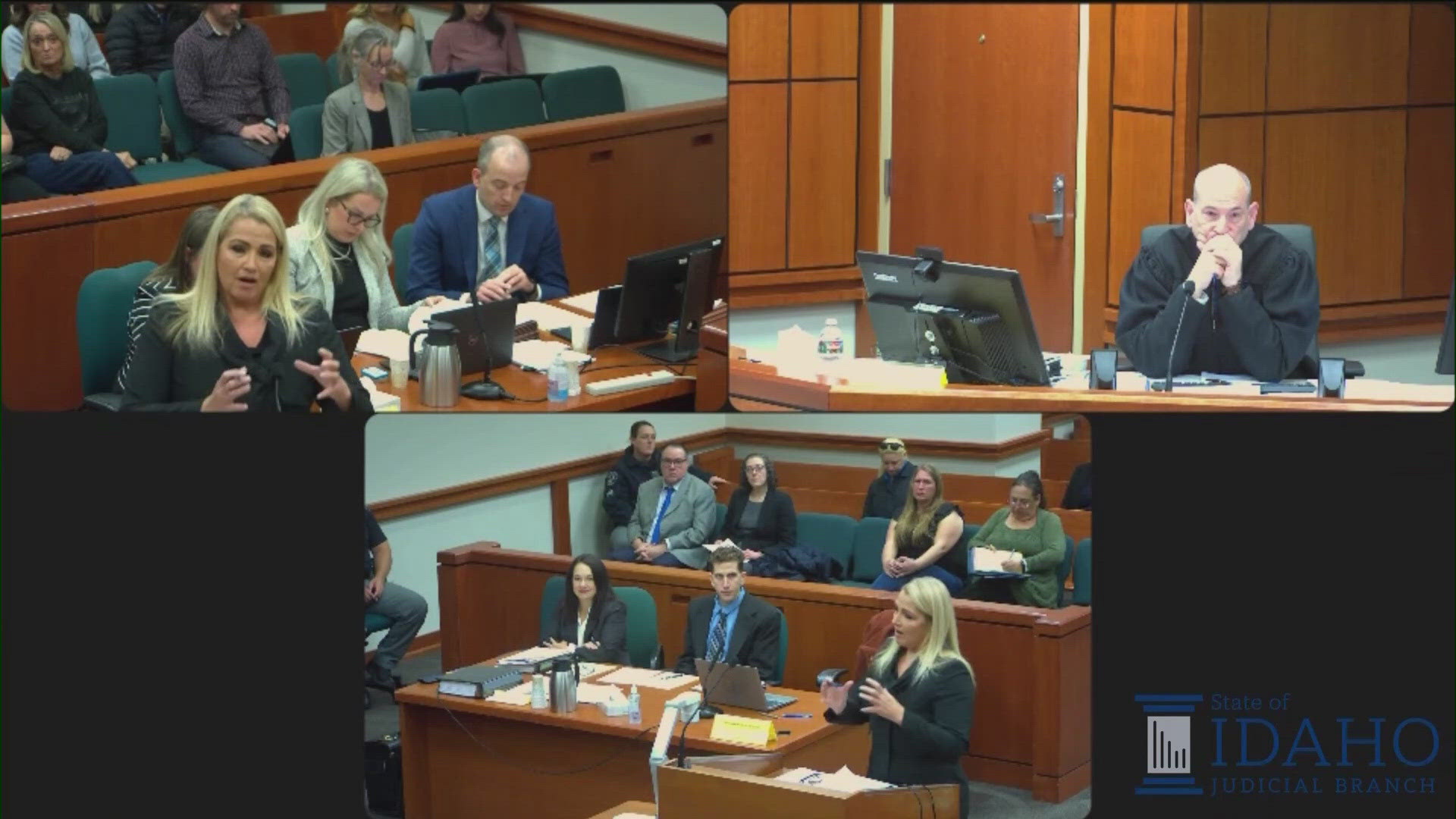BOISE, Idaho — A new nuclear test reactor is needed as part of an effort to revamp the nation's fading nuclear power industry by developing safer fuel and power plants, the U.S. Department of Energy said Monday.
The federal agency said it will prepare an environmental impact statement as part of the process to build the test reactor in Idaho or Tennessee by the end of 2025. Public comments on the environmental review are being taken through Sept. 4.
The Versatile Test Reactor would be the first new test reactor built in the U.S. in decades and give the nation a dedicated "fast-neutron-spectrum" testing capability. Such reactors are called fast reactors.
"This testing capability is essential for the United States to modernize its nuclear energy infrastructure and for developing transformational nuclear energy technologies that reduce waste generation and enhance nuclear security," said U.S. Energy Secretary Rick Perry in a statement.
U.S. residents have been wary of nuclear power since the core from Pennsylvania's Three Mile Island underwent a partial meltdown in 1979 in one of the nation's worst nuclear mishaps. That was followed by a reactor at the Chernobyl nuclear power plant in Ukraine exploding and burning in 1986. In 2011, an earthquake and tsunami led to the Fukushima nuclear disaster in Japan where the cores of three reactors suffered meltdowns after cooling systems failed.
Federal officials say the proposed test reactor would help create new and safer fuels, materials and reactors being developed by civilian companies in the U.S.
"If this capability is not available to U.S. innovators as soon as possible, the ongoing shift of nuclear technology dominance to other international states such as China and the Russian Federation will accelerate, to the detriment of the U.S. nuclear industrial sector," said Rita Baranwal, the Energy Department's assistant secretary for Nuclear Energy.
The Energy Department had a fast reactor, the Experimental Breeder Reactor II, operating in eastern Idaho until it was shut down in 1994 as the nation turned away from nuclear power.
Edwin Lyman, senior scientist and acting director of the Nuclear Safety Project at the Union of Concerned Scientists, a nonprofit, said fast reactors such as the proposed Versatile Test Reactor are less safe than current reactors.
Most nuclear reactors in use now are "light-water" reactors fueled by uranium and cooled with water. Lyman said the test reactor will be cooled with harder to control liquid sodium and likely fueled by plutonium, increasing potential nuclear terrorism risks because plutonium can be used to make nuclear weapons.
"There is nothing good about these reactors," he said. "I think there is a love of plutonium in the (Energy) Department that is irrational."
Revamping the nation's nuclear power is part of a strategy to reduce U.S. greenhouse gas emissions by generating carbon-free electricity with nuclear power initiated under the Obama administration and continuing under the Trump administration, despite Trump's downplaying of global warming.
Reducing spent nuclear fuel, federal officials say, is also an objective of the new test reactor. The U.S. has no permanent repository for about 77,000 tons (70,000 metric tons) of radioactive spent fuel, stored mainly at the commercial nuclear power plants where they were used to produce electricity.
But Lyman said fast reactors would produce waste even more hazardous and difficult to dispose.
According to the U.S. Energy Information Administration, at the end of December, there were 98 nuclear reactors at 59 power plants producing about 20% of the nation's energy. Most of the reactors are decades old, and many are having a tough time competing economically with other forms of energy production.
The Energy Department is considering building the test reactor at the Idaho National Laboratory in eastern Idaho or the Oak Ridge National Laboratory in eastern Tennessee.
On a related front, the Energy Department late last year restarted the Transient Test Reactor at the Idaho National Laboratory to test new nuclear fuels. That facility had been on standby since 1994.



